Turfgrass
-
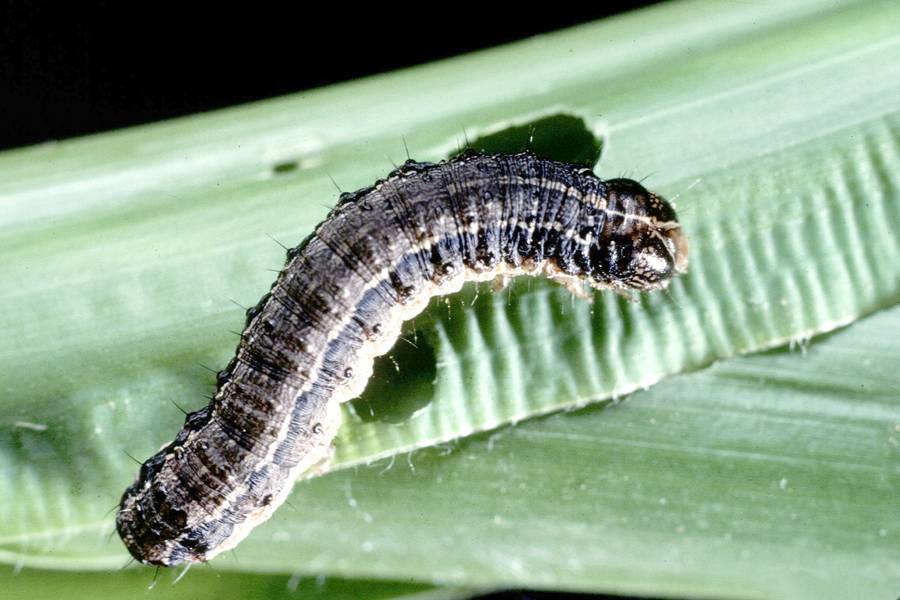
C 1130
Armyworms in Sod
It is not unusual for fall armyworms to infest newly planted sod in a home landscape, especially during late summer to fall. Not all fall armyworm problems originate from sod farms but instead begin near the home landscape where sod is installed. This resource explains the biology and seasonality of fall armyworm in Georgia and discusses possible management strategies to mitigate infestation.
William G. Hudson, Clint Waltz, and Shimat V. Joseph
|
-

The two-lined spittlebug is an important insect pest of turfgrass in Georgia, with centipedegrass being the most susceptible to infestation. It also attacks some ornamental plants, including asters, hollies, and morning glories. This publication provides management options and other information on the two-lined spittlebug, including identification and biology, host plants, damage symptoms, and control strategies.
William G. Hudson, Shimat V. Joseph, and Fawad Khan
|
-
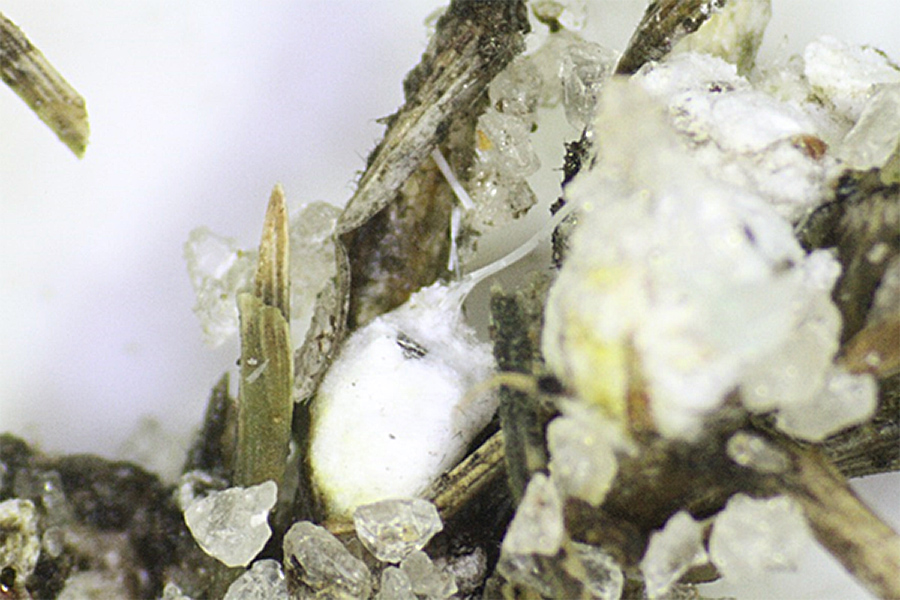
Rhodesgrass mealybugs are an invasive insect native to Asia that can infest more than 100 grass species including all warm-season grasses commonly used for pastures and turf in Georgia. This publication includes information about rhodesgrass mealybug identification and biology, its host plants, damage symptoms, and control strategies, including the use of parasitic wasps.
William G. Hudson and Shimat V. Joseph
|
-
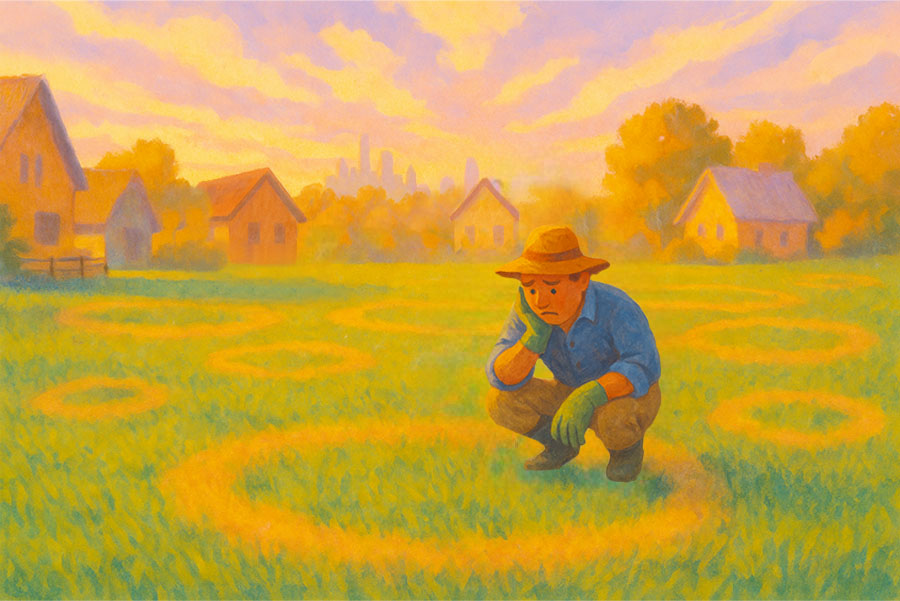
Fairy ring is an umbrella term for a disease that can be caused by more than 60 different species of basidiomycete fungi. It is particularly damaging on golf greens, but can affect all turf species in Georgia. Infection leads to localized dry spots and nutrient imbalances. No single strategy guarantees complete control, but integrating thatch reduction, water management, fertility optimization, and targeted fungicide applications can significantly mitigate disease impact.
Alfredo Martinez, Sergio Sosa, and Bikash Ghimire
|
-
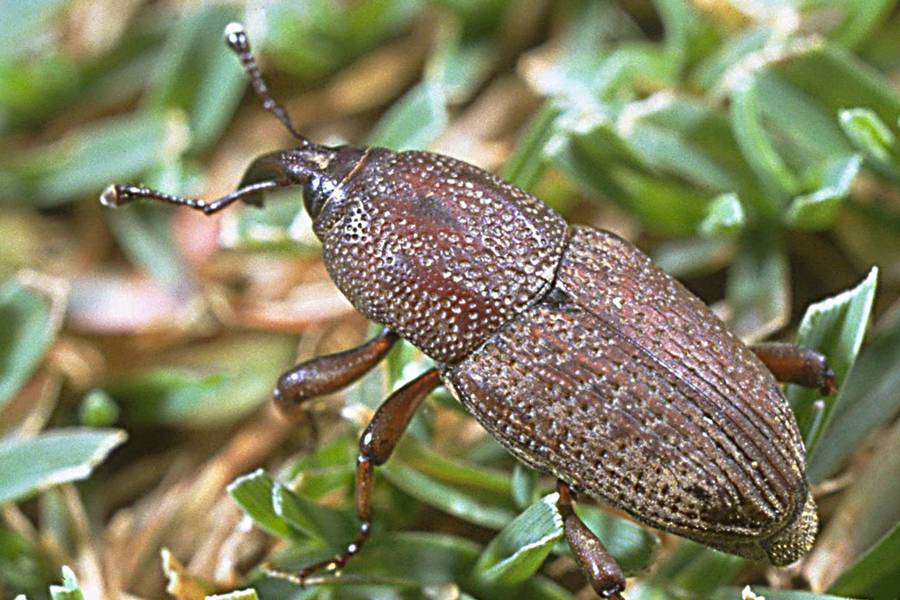
Hunting billbug, Sphenophorous venatus vestitus (Family: Curculionidae) is an important weevil pest of turfgrass in Georgia. It’s called a “billbug” because of its long snout, or bill, which has small mandibles at the tip. Hunting billbug infestations in turfgrass are not easily detected until the first signs of feeding damage, such as discoloration or irregular patches, appear scattered across the turfgrass. Although hunting billbugs attack all major turfgrass genotypes, damage on zoysia grass cultivars can be particularly serious. In addition to hunting billbug, several other species of billbugs are found in warm-season turfgrass including the lesser billbug, S. minimus, and uneven billbug, S. inaequalis.
William G. Hudson and Shimat V. Joseph
|
-
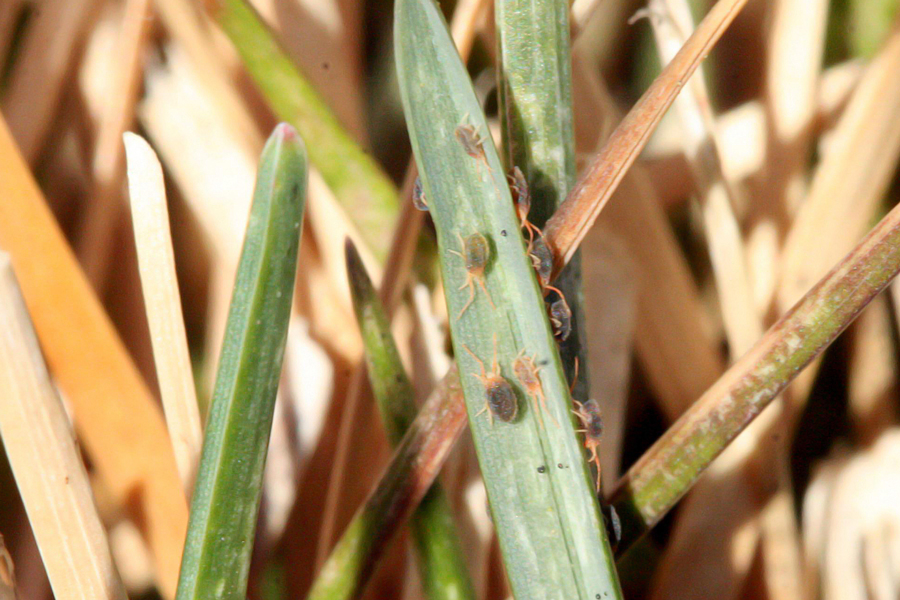
C 1178
Mite Management in Turfgrass
Plant-feeding mites can cause serious damage in turfgrass systems, and drought-stressed turfgrass is particularly prone to mite infestation. Mites are generally active in turfgrasses from spring into fall. They feed on plant sap and, in some cases, also inject toxins into plant tissues or manipulate plant growth, thereby producing characteristic symptoms. Some mites do not directly damage the turfgrass but instead become nuisance pests by moving from the lawn to houses and other buildings. This circular discusses the biology, damage, and management of the various mite species that attack turfgrass.
William G. Hudson, Shimat V. Joseph, and Fawad Khan
|
-
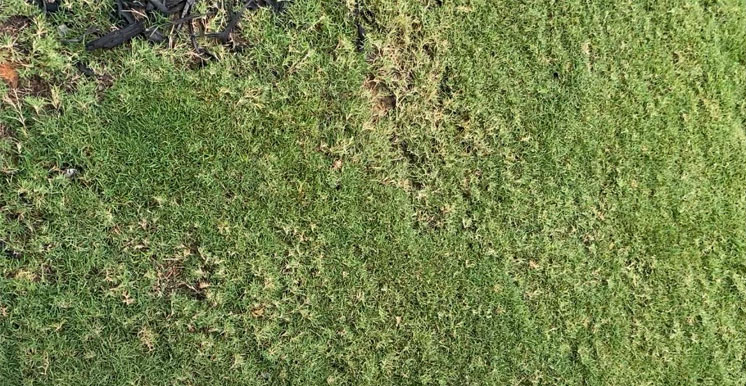
Turfgrass is an important component of many landscapes. Research has shown that landscapes support diverse, abundant, and intact bee communities in New York, California, and Ohio. In fact, the abundance and diversity of bees visiting home landscapes have been observed to approach, and even exceed, numbers in nearby natural and/or agricultural systems. If the turfgrass has been treated or is being treated with insecticides, the pollinators can be exposed directly or indirectly to the insecticides on the weeds. This can cause lethal or sublethal effects on these pollinators. The guidelines in this publication will reduce insecticide exposure to pollinators as they seek nectar and pollen from plants around lawns.
Ellen M. Bauske and Shimat V. Joseph
|
-
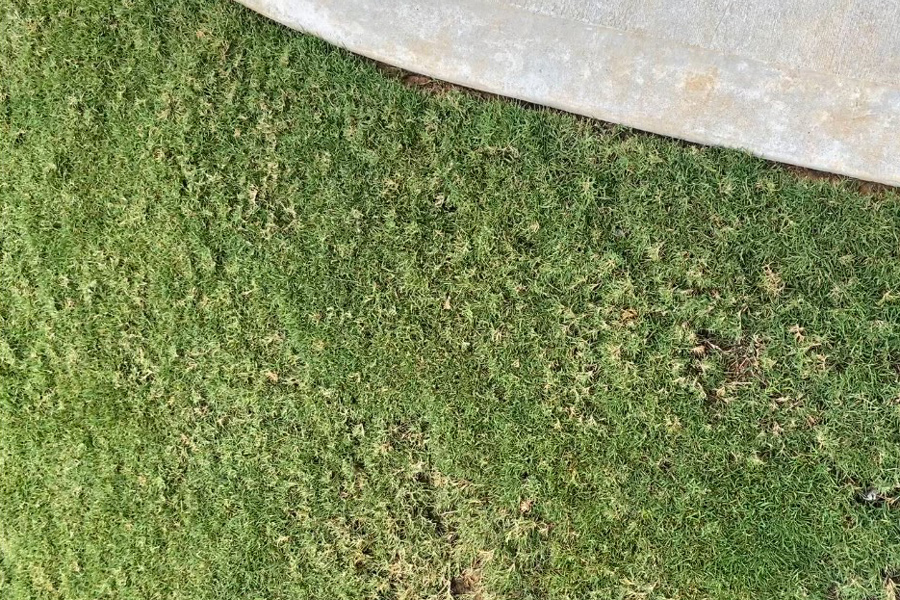
Bermudagrass mite is a microscopic mite species (at or smaller than ~0.2 mm or 0.0078 in.) that only infests and feeds on bermudagrass and has become an increasing problem in Georgia. It can develop into a serious problem on golf courses, athletic fields, sod farms, and both residential and public lawns. Bermudagrass mite infestations can reduce the aesthetic value of the turfgrass, causing thinning and poor grass growth. The size of bermudagrass mites poses a real challenge in identifying and monitoring the population in fields.
Shimat V. Joseph
|
-

Fall armyworms are native to North America and can destroy lawn grass and other turf. They first reach Georgia in the spring or early summer, and caterpillars are noticeable in turfgrass in early July. The third, fourth, and fifth stages of fall armyworm caterpillars are the destructive stages. The younger stages (first through third larval stages) are tiny and hard to see in the grass. When infested, green turfgrass will gradually turn brown as the caterpillars grow. The damaged turfgrass may appear diseased or like it experienced drought.
William G. Hudson and Shimat V. Joseph
|